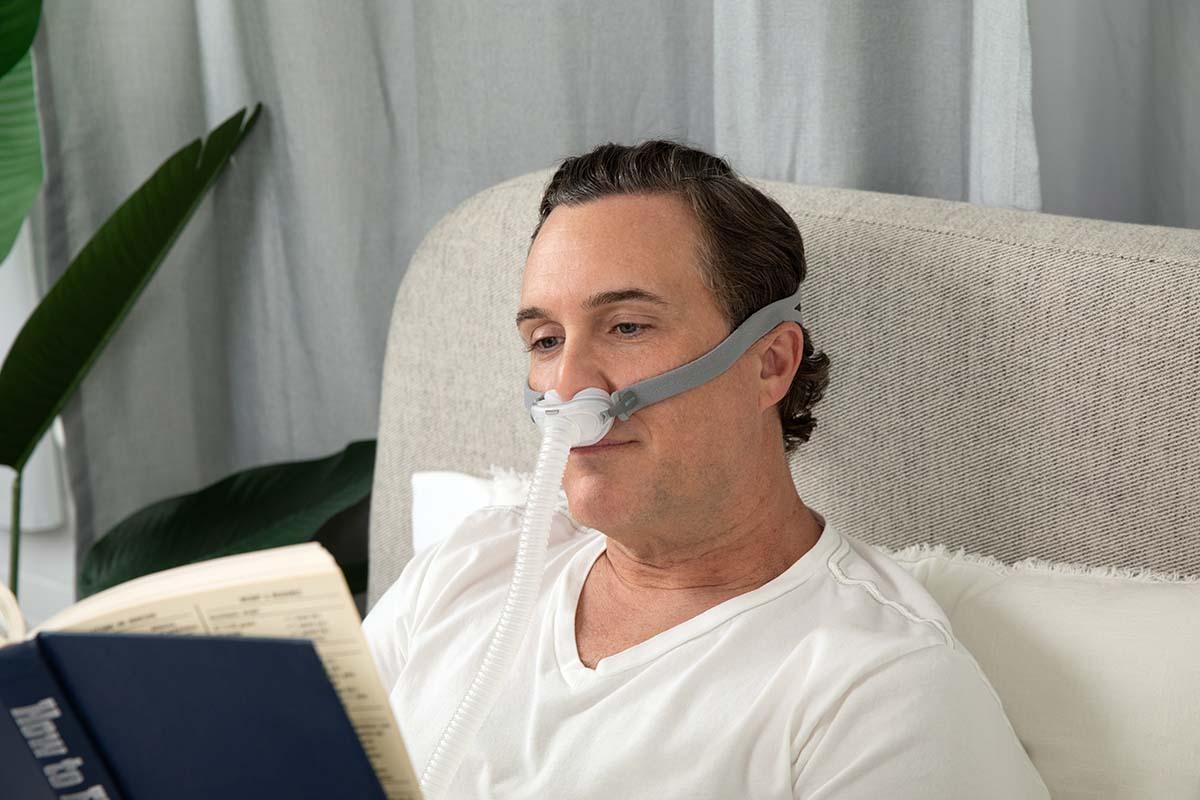Home Sleep Study Brisbane: Convenience Meets Accurate Results
Understanding Sleep Studies
Sleep studies, also known as polysomnography, are essential for diagnosing various sleep disorders, including sleep apnoea, insomnia, and restless leg syndrome. Traditionally conducted in a clinical setting, these studies involve monitoring various physiological parameters while the patient sleeps. However, the advent of home sleep studies has revolutionised the way these assessments are performed, offering greater convenience without compromising accuracy.
What is a Home Sleep Study?
A home sleep study is a simplified version of a traditional sleep study that allows individuals to undergo testing in the comfort of their own home. This approach typically involves the use of portable monitoring devices that record essential data such as heart rate, oxygen levels, and breathing patterns during sleep. The results are then analysed by sleep specialists to provide a comprehensive overview of the patient’s sleep health.
Home sleep study Brisbane represent a significant advancement in the field of sleep medicine, combining convenience with accurate results. By allowing patients to undergo testing in their own homes, these studies have made it easier for individuals to seek help for sleep disorders. While they may not be suitable for everyone, the benefits they offer—such as enhanced comfort, cost-effectiveness, and increased accessibility—make them an attractive option for many.

Why Choose a Home Sleep Study?
One of the primary benefits of a home sleep study is convenience. Patients can avoid the stress and discomfort often associated with spending a night in a sleep lab. Additionally, home studies tend to be more cost-effective and can often be scheduled at the patient’s convenience. This flexibility can lead to higher compliance rates, ensuring that more individuals receive the necessary assessments for their sleep disorders.
Moreover, the home environment can contribute positively to the quality of the sleep study. Many individuals find it easier to relax and fall asleep in their own bed, surrounded by familiar sounds and scents. This natural setting can lead to more accurate readings, as the data collected may better reflect the patient’s typical sleep patterns. Furthermore, home sleep studies can be particularly beneficial for those who experience anxiety or discomfort in clinical settings, allowing for a more accurate assessment of their sleep health without the added pressure of an unfamiliar environment.
It is also worth noting that advancements in technology have significantly improved the reliability of home sleep studies. Modern devices are equipped with sophisticated sensors that can capture a wide range of data with remarkable precision. These innovations not only enhance the accuracy of the results but also make it easier for patients to use the equipment without extensive training. As a result, healthcare providers are increasingly recognising the value of home sleep studies as a viable alternative to traditional methods, further bridging the gap between patient comfort and clinical efficacy.
Learn more at: Craving Unbroken Sleep A Sleep Study Canberra Could Reveal the Cause
The Process of a Home Sleep Study
Understanding the process involved in a home sleep study can alleviate concerns and help patients prepare effectively. The procedure is designed to be straightforward and user-friendly, ensuring that individuals can complete the study with minimal disruption to their routine.
Initial Consultation
The journey typically begins with an initial consultation with a healthcare provider. During this appointment, the patient’s sleep history and symptoms will be discussed in detail. Based on this information, the healthcare provider can determine whether a home sleep study is appropriate. If deemed suitable, the provider will explain the procedure and what to expect.
Receiving the Equipment
Once the decision is made to proceed with a home sleep study, the patient will receive a portable monitoring device. This device is usually lightweight and easy to use, often consisting of sensors that attach to the body and a recording unit that the patient keeps nearby. Instructions on how to set up and use the equipment will be provided, ensuring the patient feels confident in their ability to conduct the study.
Conducting the Study
On the night of the study, the patient will set up the equipment as instructed and go to sleep in their usual environment. The device will automatically record data throughout the night, capturing crucial information about the patient’s sleep patterns. This data is then securely transmitted to the healthcare provider for analysis. Read more about environment on https://iese.nust.edu.pk/

Interpreting the Results
After the home sleep study has been completed and the data analysed, the results will be discussed with the patient during a follow-up appointment. Understanding these results is vital for effective treatment and management of any identified sleep disorders.
What the Data Reveals
The data collected during a home sleep study can provide insights into various aspects of a patient’s sleep. Key metrics include the number of apnoeas (pauses in breathing), oxygen saturation levels, and overall sleep quality. These factors help healthcare providers determine the severity of any sleep disorders and guide treatment recommendations.
Potential Outcomes
Depending on the findings, patients may receive different treatment options. For those diagnosed with obstructive sleep apnoea, for instance, continuous positive airway pressure (CPAP) therapy may be recommended. Alternatively, lifestyle changes or further testing might be suggested for other sleep disorders. The goal is to tailor the approach to each individual’s needs, ensuring the best possible outcomes.
Advantages of Home Sleep Studies
Home sleep studies offer numerous advantages over traditional sleep studies, making them an increasingly popular choice for patients and healthcare providers alike. Understanding these benefits can help individuals make informed decisions about their sleep health.
Enhanced Comfort and Convenience
One of the most significant advantages of a home sleep study is the comfort it provides. Patients can sleep in their own bed, surrounded by familiar surroundings, which often leads to more natural sleep patterns. This comfort can result in more accurate data collection, as the patient is less likely to experience anxiety or restlessness that can occur in a clinical setting. Click here to find more about comfort.
Cost-Effectiveness
Home sleep studies are generally more cost-effective than traditional lab-based studies. Patients can save on transportation costs and avoid potential overnight stays in a sleep clinic. This affordability makes sleep assessments more accessible to a broader range of individuals, encouraging more people to seek help for their sleep issues.
Increased Accessibility
For many, accessing a sleep clinic can be challenging due to geographical constraints or long waiting times. Home sleep studies eliminate these barriers, allowing patients to receive timely assessments without the need for extensive travel. This increased accessibility is particularly beneficial for those living in remote areas or those with mobility issues.
Considerations and Limitations
While home sleep studies offer many benefits, it is essential to consider their limitations as well. Understanding these factors can help patients set realistic expectations and ensure they receive the most appropriate care.
Not Suitable for Everyone
Home sleep studies may not be suitable for everyone. Individuals with complex sleep disorders or those requiring extensive monitoring may still benefit from a traditional sleep lab study. Additionally, patients with certain medical conditions may need more comprehensive evaluations that cannot be conducted at home.
Data Interpretation Challenges
Interpreting the data from a home sleep study can be more challenging than from a traditional study. While home devices are designed to be user-friendly, they may not capture all the nuances of a patient’s sleep patterns. As a result, it is crucial for patients to work closely with their healthcare providers to ensure accurate interpretation and appropriate follow-up care.
Conclusion
As awareness of sleep health continues to grow, it is essential for individuals experiencing sleep issues to explore their options. Consulting with a healthcare provider can help determine the best approach for diagnosis and treatment, paving the way for a healthier, more restful night’s sleep.

